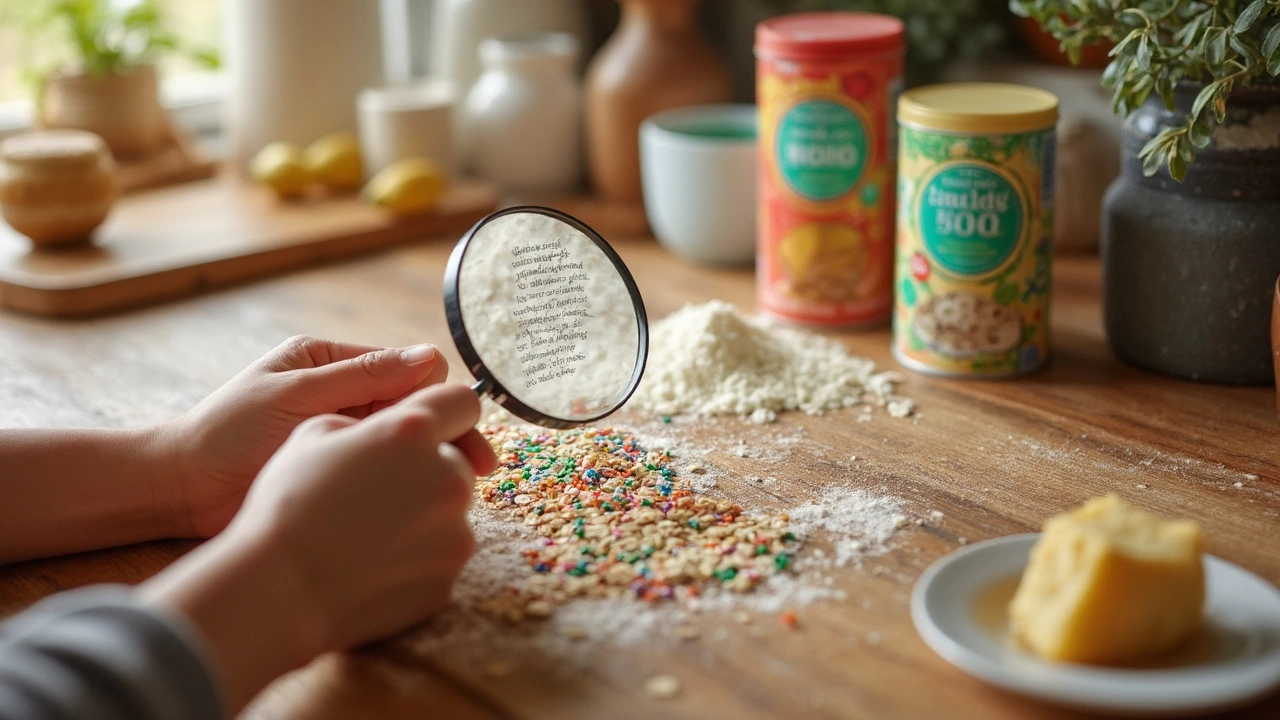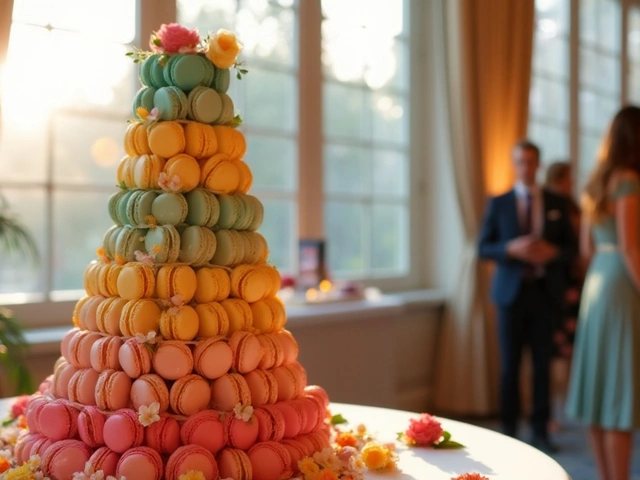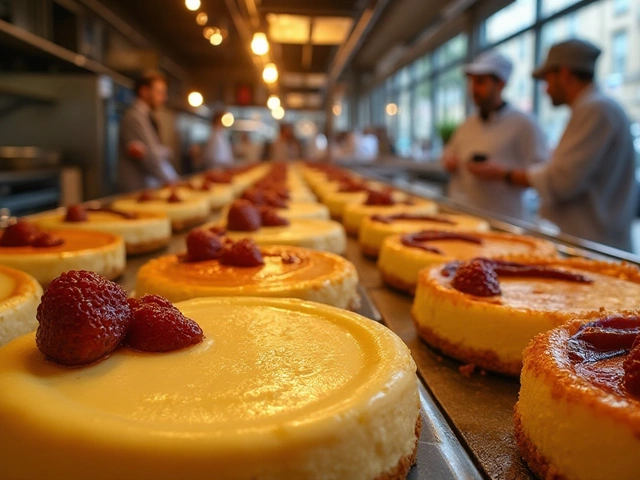Celiac‑Friendly Desserts: Safe Baking Tips & Recipes
If you have celiac disease, the word “gluten” can turn a simple cake into a nightmare. The good news? You can still enjoy sweet treats without risking a flare‑up. Below you’ll find the basics you need to bake safely, the ingredients that won’t betray you, and a few quick recipe ideas to get you started.
Understanding Celiac and Gluten
Celiac disease is an autoimmune reaction to the protein gluten, which lives in wheat, barley, rye and their hybrids. Even a tiny crumb can cause damage to the small intestine, so strict avoidance is a must. That means reading labels, checking for hidden sources like malt or modified food starch, and staying away from cross‑contamination in the kitchen.
Gluten‑Free Baking Basics
First up, choose the right flour blend. A mix of rice flour, tapioca starch, and potato starch gives a neutral base that mimics wheat’s texture. Adding a tablespoon of xanthan gum or guar gum per cup of flour helps bind everything together, preventing a crumbly mess.
Second, swap out leavening agents that might contain gluten. Most baking powder is safe, but double‑check the label for wheat starch. For extra lift, use a combination of baking soda and an acid like cream of tartar or lemon juice.
Third, watch your workspace. Use separate mixing bowls, spatulas, and measuring cups for gluten‑free recipes. If you share a kitchen with someone who bakes with wheat, wipe down counters and consider a dedicated rack for gluten‑free tools.
Now, let’s talk sweeteners. All regular sugars are gluten‑free, but flavored syrups can hide wheat derivatives. Stick to pure maple syrup, honey, or plain vanilla extract for flavor without risk.
Here are three easy desserts you can whip up in under an hour:
1. One‑Bowl Chocolate Fudge – Melt dark chocolate with coconut oil, stir in a splash of almond milk, and sweeten with powdered sugar. No flour needed, so it’s naturally safe.
2. Lemon‑Almond Cake – Combine almond flour, coconut flour, eggs, lemon zest, and a touch of honey. Bake at 350°F for 25‑30 minutes and let cool before frosting with a gluten‑free buttercream.
3. Berry Cheesecake Cups – Use gluten‑free graham cracker crumbs mixed with melted butter as a base, top with a quick cheesecake filling made from cream cheese, Greek yogurt, and fresh berries.
All three recipes avoid common gluten traps and can be prepared with ingredients you likely already have. Feel free to swap in other gluten‑free flours like sorghum or millet for different textures.
Storage matters too. Keep baked goods in airtight containers and label them clearly if you live with non‑celiac eaters. This prevents accidental cross‑contact and keeps your treats fresh longer.
Lastly, don’t forget to enjoy yourself. Baking with restrictions can feel limiting, but once you get the hang of the basics, you’ll discover a whole world of celiac‑friendly flavors. Experiment, taste, and share your successes—your gut will thank you.

Worst Foods for Gluten: What to Skip for Safe Gluten-Free Cakes
Gluten can hide in foods you’d never expect, especially if you’re baking or buying gluten-free cakes. This article pinpoints which ingredients and foods are the worst offenders when it comes to gluten. Get tips for avoiding these traps so your cakes stay safe for anyone avoiding gluten or living with celiac disease. Discover common mistakes, learn what to double-check, and find practical swaps. Perfect for anyone new to gluten-free baking or worried about hidden gluten.
View More




